New Zealanders throw away 157,389 tonnes of food a year, according to Love Food Hate Waste NZ. That’s equivalent to 271 jumbo jets of food that need to go somewhere to rot, instead of being eaten. All of this food is worth about $1.17bn each year.
We’re all guilty of wasting food. Maybe we put half a lasagne in the fridge with the intention of eating it later, and never get round to it, only to find it mouldy the following week. Or perhaps we forget about the loaf of bread sitting in the cupboard and buy another … the scenarios are endless. So what can you do to reduce food waste?
Plan your meals
By planning what your household will be eating for the week, you’ll be able to buy only what you need. Also make sure to check your cupboards, freezer and fridge before you make any shopping lists so you use up what you already have. Planning your meals will also help you avoid making lots of unnecessary trips to the supermarket (which we should all be trying to avoid right now during the COVID-19 lockdown). So plan ahead, and visualise breakfast, lunch, and dinner for at least five days. Consider the foods your family likes, your preparation methods, and the time and energy you’ll actually have for making meals. Get kids involved, too; have them write down meal ideas and encourage them to help in the kitchen.
Store food correctly
You’ll get a far greater life out of your fresh produce if you store it correctly. Avoid premature ripening and rotten fruits and vegetables by:
- Not putting potatoes, tomatoes, garlic and onions in the fridge. These items should be kept at room temperature.
- Not storing potatoes and onions right next to each other in the cupboard. As they both like cool, dark conditions, storing them together will cause them to sprout faster.
- Separate foods that produce more ethylene gas from those that don’t. Foods that produce ethylene gas while ripening include bananas, avocados, peaches and pears. Keep those away from produce like potatoes, apples, leafy greens and peppers.
Embrace imperfect fruits and vegetables
Much like humans, fruit and vegetables aren’t perfect! But that doesn’t lessen their value. Ugly produce often gets passed up for produce more pleasing to the eye. Consumer demand for perfect fruit and veg has led supermarkets to only select the most perfect looking produce from suppliers. Countdown even has an Odd Bunch initiative selling ugly fruit and vegetables. Embrace imperfections on your produce, don’t waste something because it has a mark or an odd shape.
Love leftovers
This one’s pretty self-explanatory. If you cook a meal and have some leftovers, work them into your meal plan the following day. A good tip is to keep leftovers in a clear glass container, rather than an opaque one, so you can see them in your fridge and don’t forget about them. Food often tastes better the second day, too, as the flavours have had time to infuse.
Eat the skin
Collectively New Zealand throws away 13,658 tonnes of vegetables peelings and 986 tonnes of fruit peelings each year. But it’s a waste of food, time, money and nutrients! Either wash the skin before eating your produce to remove dirt or, if you do have vegetable peelings, try making crispy potato, carrot or parsnip skins. Simply bake them on a tray as you would other root vegetables.
Save your seeds
Save pumpkin seeds and roast them, they make a delicious snack. Just wash and dry them, throw on some olive oil and spices (like paprika or chilli) and roast away.
Blend it
Stems and ends of produce might not be so delicious as they are, but you can blend them in a smoothie and reap their nutritional benefits. Stems of kale and chard are great to blend up with beetroot, carrots and over-ripe bananas.
Make homemade stock
Keep vegetable scraps like stalks, tops and peels to make stock. Just sauté them with some oil or butter, add spices and water and let it simmer to make a broth. You can do the same with leftover meat bones or a chicken carcass.
Keep ingredients for later use
Some foods can easily be used in ways you wouldn’t think about. If your kids insist on cutting the crusts off their sandwiches, keep them and make baked cinnamon sugar or parmesan bread-crust snacks. Blend cauliflower leaves up in a pesto. Aquafaba (chickpea brine) surprisingly acts the same way egg whites do and you can make things like chocolate mousse, mayonnaise and tempura batter with it.
Make the most of your proteins
Make meats like mince and chicken go further by bulking recipes up with other ingredients. For example, add grated carrot or zucchini, a tin of lentils or beans to a chilli, burrito sauce or bolognaise. Breadcrumbs will also bulk up a meal and help keep patties and meatballs in shape.
Understand best before and use by dates
A best before date is essentially an indication of quality. It tells you when food will be at its best. It’s generally still safe to consume food after the date, it just won’t taste as fresh. A use by date is more serious, and indicates when a food might no longer be safe to eat.
Watch portion sizes
A lot of what we throw away comes from what we leave on our plates. Watch how much you’re serving yourself and others to prevent wasting food. It’s always better to start with less then serve more if required, rather than plate up too much.
Monitor what you throw away
Pick a week and commit to writing down what food you’re throwing away. Dumping too many leftovers each week? Maybe it’s time to start freezing them?
Take stock
Keep an eye on upcoming expiration dates on foods you already have at home, and plan meals around the foods closest to their expiration. Keep an eye on what’s in your freezer, too. You could stick a running list somewhere to keep track of the food you have.
Designate one dinner each week as a use-it-up meal
Look around in the cupboards and fridge for leftovers and other food that might be getting overlooked, and get creative. You might be surprised at the tasty dishes you come up with.
Compare savings accounts for free with Canstar!
Sign up to receive more insights like this straight to your inbox.
By subscribing you agree to the Canstar Privacy Policy

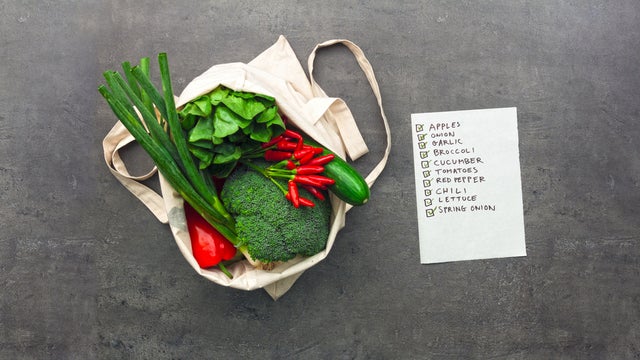
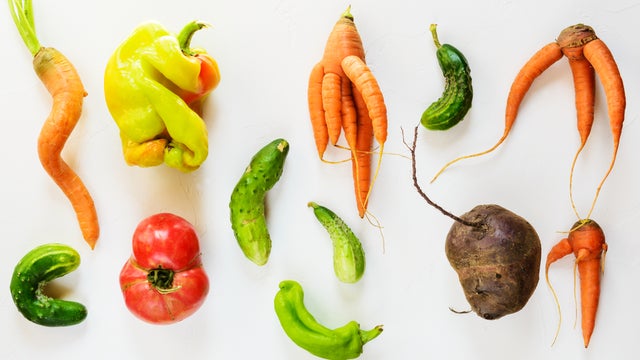
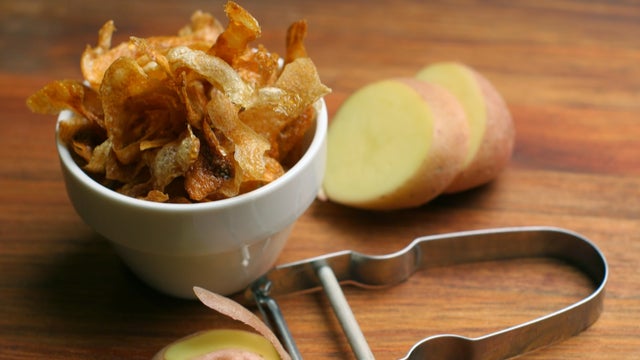
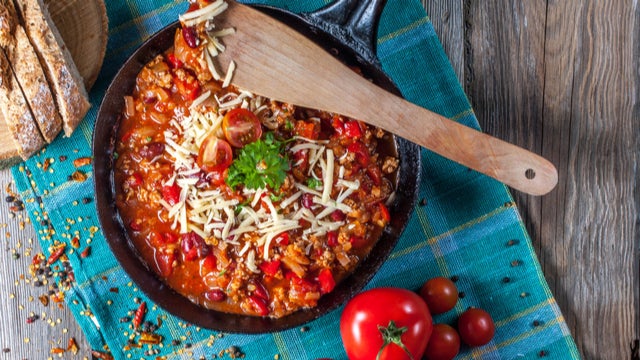
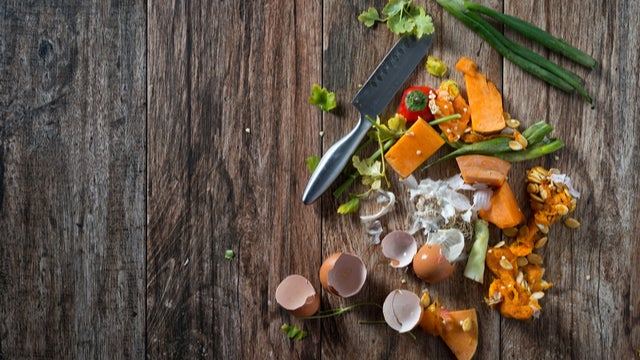
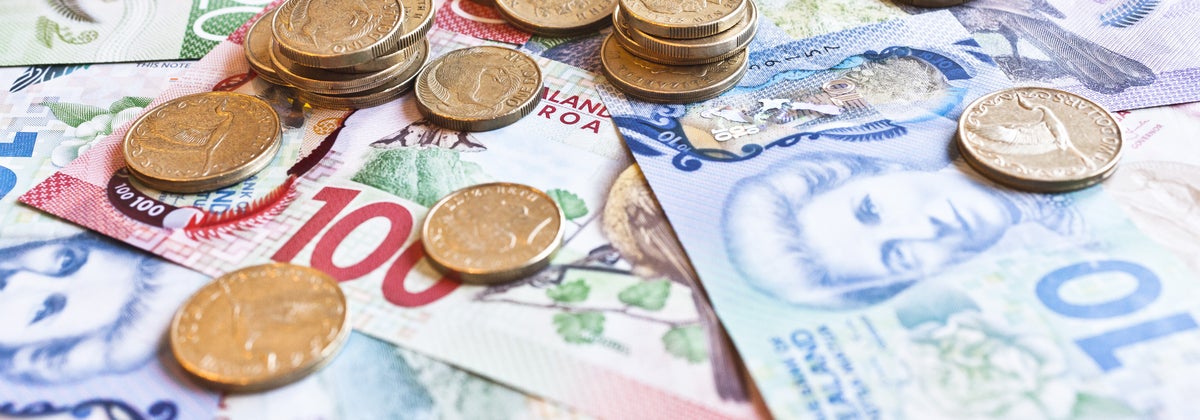
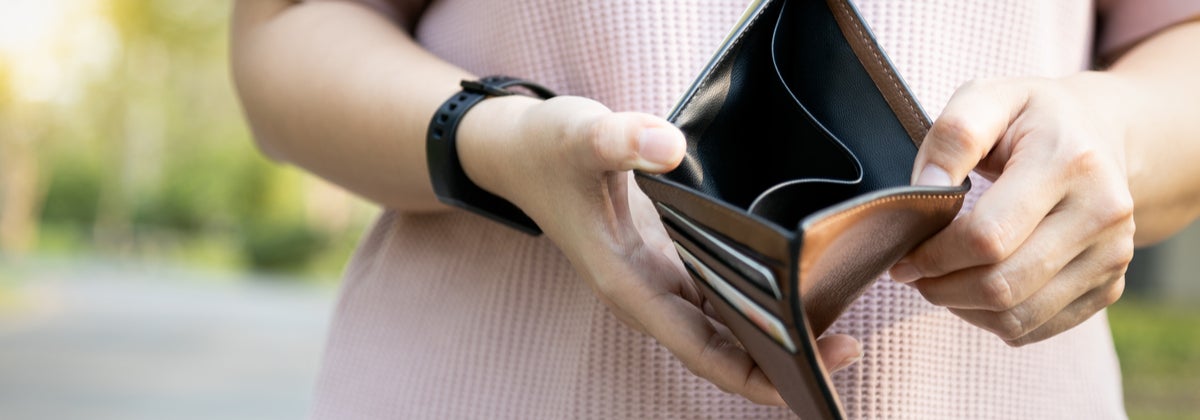

Share this article